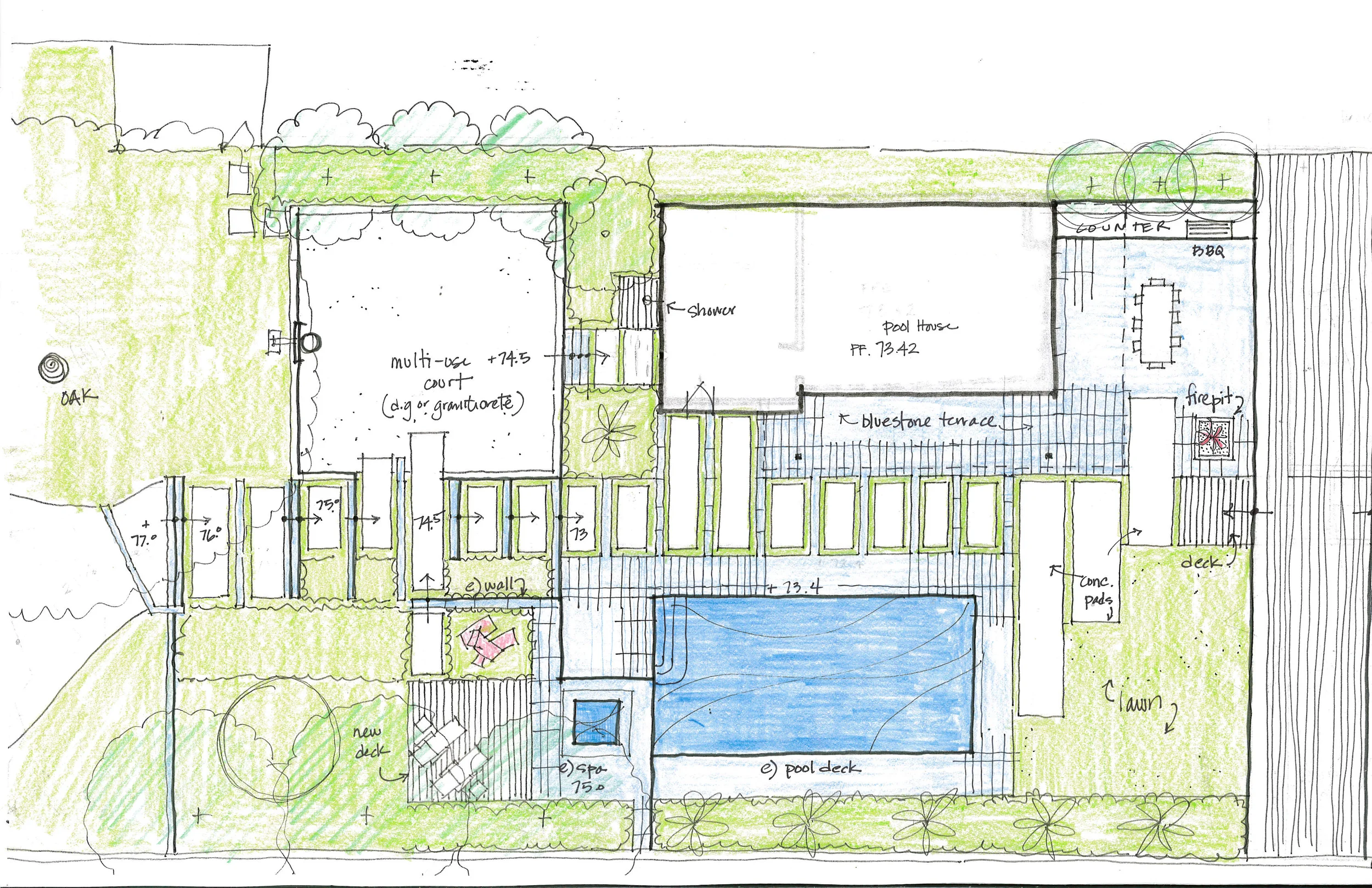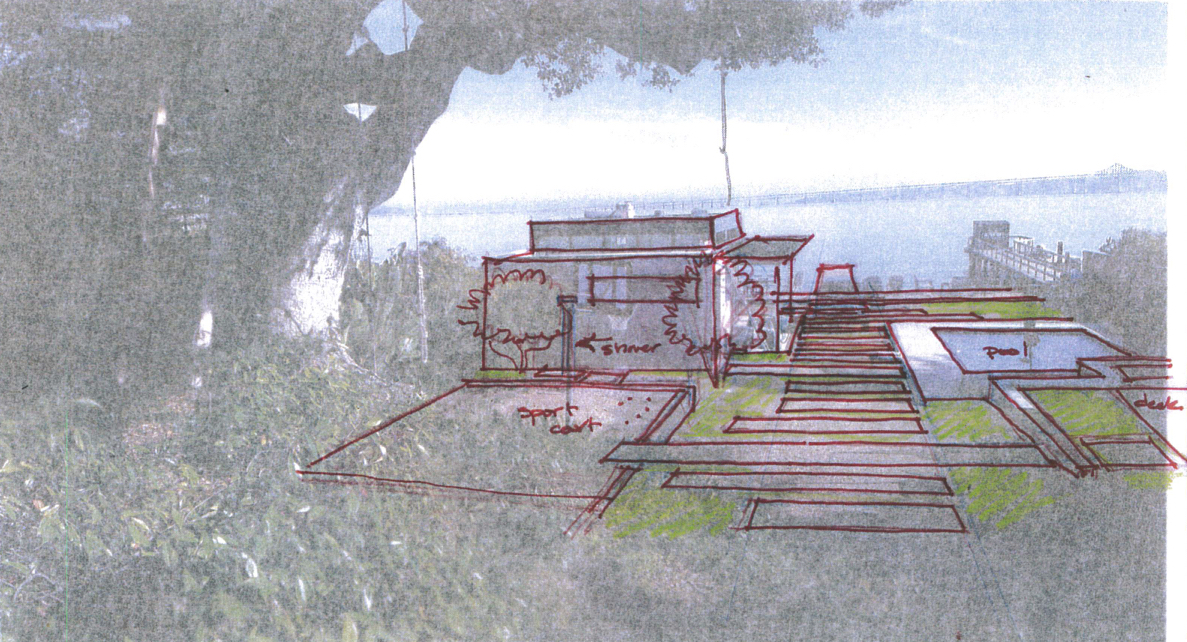Garden Geometries: Ordering Principles
By Vera Gates
We have explored basic geometric form generation and shown how these forms manifest within garden design. We have looked at very simple forms and also more complex combinations. But now that we know how to begin, how do we know where to end? A foundational understanding of basic ordering principles allows us to design freely and create sophisticated geometric forms that work.
We know when we see and experience good design. It is beautiful, the space works well and we are inspired. How is such beauty of proportion and harmony achieved? We "know it when we see it" but how is "it" quantified? We perceive something as beautiful if the proportions are pleasing, the ordering system is comprehensible and the details enrich the whole.
Our ultimate goal in garden design is the creation of memorable place. To achieve this, we provide visual, physical and emotional movement through space, and create moments in time where one can linger and reflect.
In order for this journey through time and space to occur and the garden experience to be meaningful, the design methodology and ordering systems must be comprehensible. If we are comfortable and at our ease within a garden space, we can fully appreciate the experience and we will remember it.
Factors such as scale and proportion, rhythm and repetition, positive vs. negative space, balance and hierarchy all come into play. The resulting orchestration of form and volume is richly creative, within the bounds of basic organizational principles.
Garden design evolves in response to actual site conditions and the desire for beautiful, usable space. The form possibilities are limitless, especially because each site is unique, with both opportunities and constraints.
The following weeks will be a series of studies on combined geometric forms and the application of basic ordering systems that help organize our thinking and ultimately inform our design form. We will explore how we change the perception of space.



